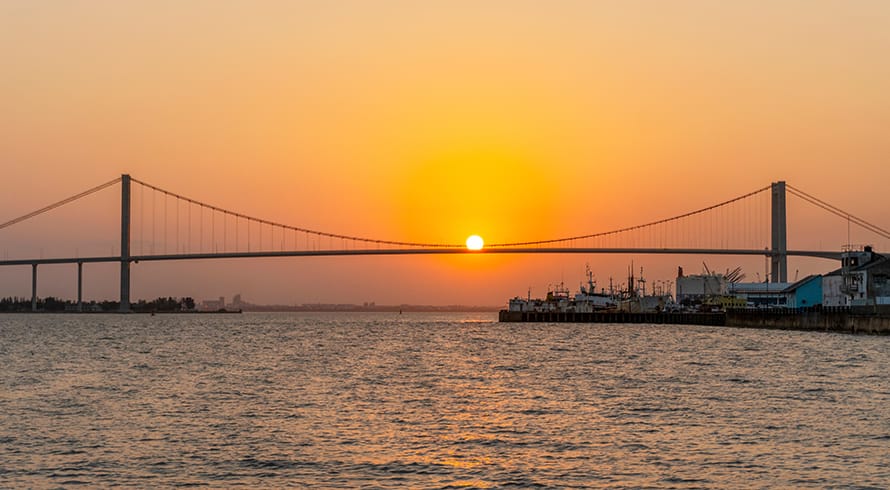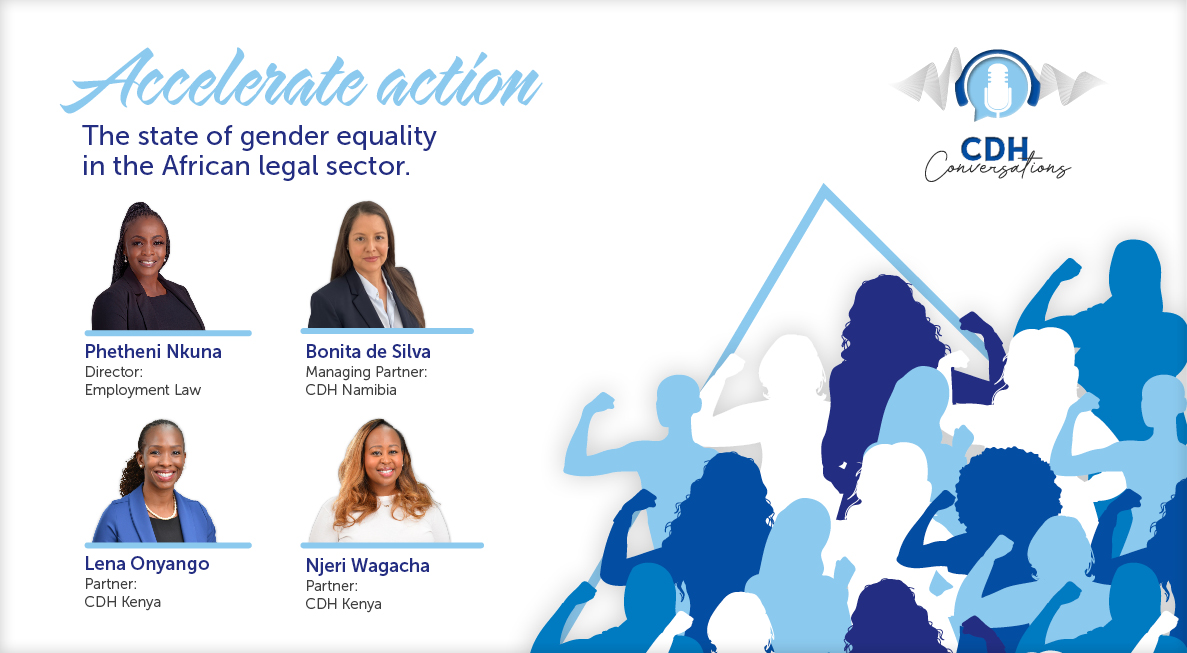Dispute settlement under the AfCFTA
At a glance
- The African Continental Free Trade Area (AfCFTA) member states acknowledge that disputes may arise regarding the interpretation and application of trade protocols, and therefore, Article 20 of the AfCFTA agreement establishes a dispute settlement mechanism.
- The mechanism includes the AfCFTA Dispute Settlement Body (DSB), composed of representatives from all member states, responsible for monitoring and evaluating the dispute settlement process. Private sector participants are expected to trigger disputes within the system.
- The dispute settlement process involves consultation for amicable resolution, followed by the establishment of a panel if no resolution is reached. The panel's report is submitted to the DSB for adoption, and its decisions are final and binding. Remedies include recommendations for conformity and the possibility of compensation or suspension of obligations for non-compliance.
As such, Article 20 of the AfCFTA agreement provides for the establishment of an AfCFTA dispute settlement mechanism and gives effect to it with the inclusion of the Protocol on Rules and Procedures on the Settlement of Disputes (DS Protocol).
The DS Protocol is considered an integral part of the AfCFTA agreement and specifically establishes the AfCFTA Dispute Settlement Body (DSB). The DSB held its inaugural meeting on 26 April 2021 on the implementation of the DS Protocol. The DSB is comprised of representatives from all member states who monitor and evaluate the functions of the dispute settlement mechanism. Dispute settlement is recognised as a central element in providing security and predictability to the regional trading system under the AfCFTA. A key feature of the dispute settlement process is that, similar to the World Trade Organization’s (WTO) approach, recourse is only available to member states, as opposed to citizens or nationals of member states. It is thus only member states that will be able to initiate a dispute against another member state. However, it will be the private sector participants that will be the catalyst for such disputes, similar to the current WTO system where industry players need to approach their local trade administration office to lodge complaints of non-compliance with the AfCFTA instruments by member states.
Composition of the Dispute Resolution Body
The Dispute Resolution Body consists of a DSB and an Appellate Body. At the first instance disputes are adjudicated by trusted and competent panellists chosen from a list of candidates nominated by the member states, ensuring balance between party control and independent expertise. Any appeals against the panel reports are then heard by the permanent Appellate Body, which is comprised of seven members. The Appellate Body reviews panel decisions and ensures the soundness and fairness that comes from a two-tier system. In summary, the DSB establishes panels, adopts panel and Appellate Body reports, and maintains surveillance of the implementation of rulings and recommendations.
What is the procedure
The following dispute settlement process is contemplated where a dispute arises between or among state parties. Firstly, recourse shall be had to consultations with a view of finding an amicable resolution to the dispute. Article 7 of the DS Protocol sets out the consultation rules for states to amicably resolve disputes. An important part of the consultation process is that the settlement discussions between member states in relation to a dispute that arose out of the interpretation or application of the AfCFTA agreement will be regarded as confidential and without prejudice to the rights of any party in any further proceedings. So, it provides insulation to the member states involved in the consultation process during the negotiation process as they attempt to find an amicable solution. The intention appears to be to ensure that parties are able to engage in an honest and frank discussion about the issues under complaint in order to find a workable solution.
Should the dispute not be resolved during the consultation process, the member states to the dispute are barred from using any of the information, exchanges or concessions that have been made during the consultation process in the other disputed resolution processes contemplated under the DS Protocol. Where state parties to a dispute fail to settle a dispute through consultation within 60 days of the date of receipt of the request for consultations, the complaining party may refer the matter to the DSB for the establishment of a panel. Unless the parties to a dispute agreed to continue or suspend consultations, consultation shall be deemed to be concluded within 60 days.
Secondly, where amicable resolution is not achieved, any party to the dispute shall, after notifying the other party, refer the matter to the chairperson of the DSB, and request the establishment of a dispute settlement panel for purposes of settling the dispute. Once the panel is appointed, it must set in motion the process of a formal resolution of the dispute. Once the dispute settlement process by the panel is concluded, it must submit a report to the DSB for adoption and, in accordance with Article 6(5), the DSB shall make its determination of the matter and its decision shall be final and binding on the parties. In addition to the consultation process or the appointment of a panel, state parties, in accordance with Article 6(6), are entitled to have recourse to arbitration as the first avenue for dispute settlement, in accordance with the provisions of Article 27 of the DS Protocol.
Under Article 7(9) there is an emergency dispute settlement process in the form of a consultation with reduced timelines for the resolution of a dispute. The emergency dispute settlement consultation process is, however, only available in respect of perishable goods. The DS Protocol also makes provision for the appeal of a panel report. The Appellate Body’s report becomes binding once adopted by the DSB and unconditionally accepted by the parties within 30 days of its circulation to the parties. Save for the recourse to arbitration, the features of the DS Protocol mirror those of the WTO dispute settlement process with respect to the principle of “negative” or “reverse” consensus. This principle prevents member states from blocking the initiation of formal dispute settlement proceedings or the adoption of binding judgments. At each stage of the dispute settlement process, the DSB must automatically decide to take the action ahead unless there is a consensus not to do so. This provides certainty and security on the efficiency, speed and cost effectiveness of the dispute resolution mechanism under the AfCFTA.
What remedies are available
Article 23 of the DS Protocol provides that where the panel or Appellate Body concludes that a measure is inconsistent with the AfCFTA agreement, it shall recommend that the party concerned bring the measure into conformity with the agreement. In addition to its recommendations, the panel or the Appellate Body may suggest ways in which the party concerned could implement the recommendations. Member states must fully implement the recommendations and rulings of the DSB. If a member state fails to implement the recommendations, the aggrieved party can apply for compensation and the suspension of concessions or other obligations as temporary measures pending the implementation of the recommendations and rulings of the DSB. The secretariat of the AfCFTA is tasked with assisting the panels and must keep the DSB informed of the status of the implementation of the decisions made under the DS Protocol.
Who can bring a dispute
As highlighted, the AfCFTA dispute mechanism deals with disputes between member states. Industry players do not have direct access to this dispute resolution mechanism. However, disputes between member states will be triggered by private sector participates as a consequence of the use of the AfCFTA trade system and such perceived or alleged violations of the AfCFTA instruments by a particular state. The trade dispute settlement system must, however, be distinguished from any future investment state dispute settlement systems that are contemplated under the proposed Investment Protocol. The fate of investor-state dispute settlements under the AfCFTA is somewhat still unclear as negotiations are yet to be concluded.
It is anticipated that the AfCFTA will change the attitude of member states towards the resolution of international and regional trade disputes and make a real contribution to better trade governance in Africa. The impact of a speedy, efficient, and cost-effective dispute resolution process is profound and of great importance, as also recognised by the agreement establishing the AfCFTA.
The information and material published on this website is provided for general purposes only and does not constitute legal advice. We make every effort to ensure that the content is updated regularly and to offer the most current and accurate information. Please consult one of our lawyers on any specific legal problem or matter. We accept no responsibility for any loss or damage, whether direct or consequential, which may arise from reliance on the information contained in these pages. Please refer to our full terms and conditions. Copyright © 2026 Cliffe Dekker Hofmeyr. All rights reserved. For permission to reproduce an article or publication, please contact us cliffedekkerhofmeyr@cdhlegal.com.
Subscribe
We support our clients’ strategic and operational needs by offering innovative, integrated and high quality thought leadership. To stay up to date on the latest legal developments that may potentially impact your business, subscribe to our alerts, seminar and webinar invitations.
Subscribe




